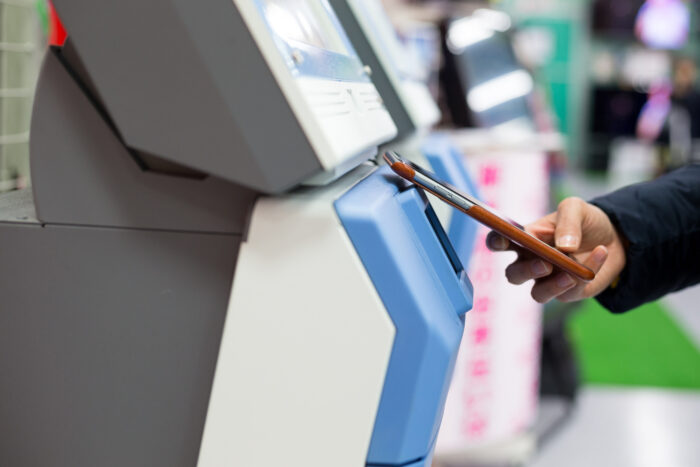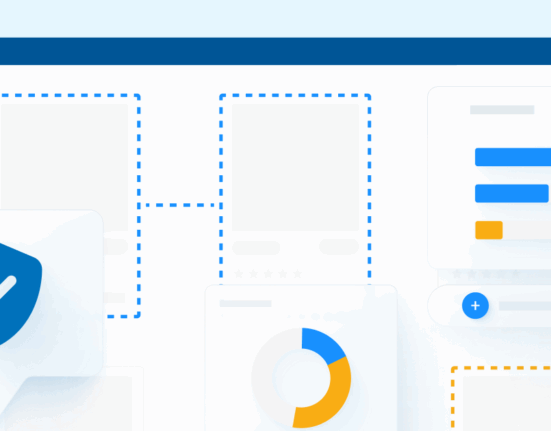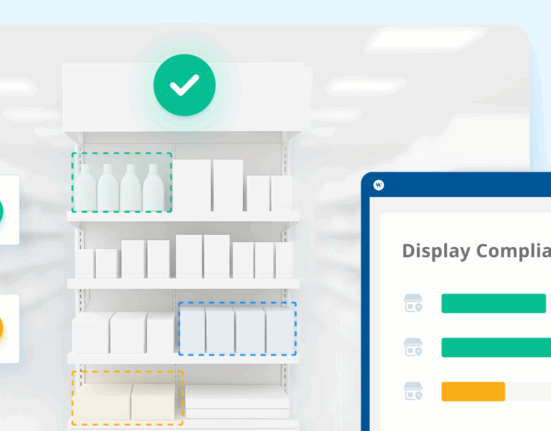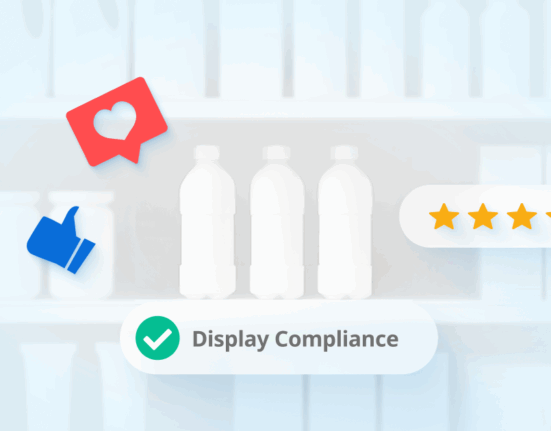In an era of heightened consumer expectations, forging lasting relationships with customers is more critical than ever. This is where a well-crafted customer loyalty program comes into play. It provides a platform for rewarding repeat customers, encouraging future purchases, and fostering a sense of brand loyalty.
Understanding what consumers need from a loyalty program is a fundamental step toward building a successful one. A loyalty program that responds to consumer needs not only drives repeat purchases by building customer loyalty, but also helps a retail business stand out in a crowded market. Retailers need to have a clear picture of the wants and expectations of their target customers in order to tailor their loyalty programs accordingly.
A customer loyalty program is not just about transactions; it’s about creating meaningful connections with rewards customers. It’s about recognizing and rewarding shoppers not just for their purchases but also for their engagement with the brand. By focusing on customer needs, businesses can craft a program that cultivates a deep sense of brand loyalty, turns customers into advocates, and ultimately drives revenue growth.

Understanding Customer Loyalty Programs
Customer loyalty programs work by rewarding customers for their consistent purchases or engagements with a brand. The rewards can range from discounts, free products, access to new products, among others.
From a retailer’s perspective, a customer loyalty program is an effective tool to increase sales, customer retention, and overall brand affinity. It provides valuable insights into customer shopping behaviors, enabling retailers to tailor offerings and communications effectively. Additionally, it significantly contributes to customer lifetime value, as loyal customers tend to spend more than occasional shoppers. As the old adage says, “It is more cost-effective to retain an existing customer than to acquire a new one.” Hence, effective loyalty programs can serve as a cornerstone in maintaining a competitive edge in the retail landscape.
What Motivates Shoppers to Join a Customer Loyalty Program?
The contemporary consumer is more discerning and demanding than ever before. They crave personalized experiences and expect to be rewarded for their loyalty. Catering to these evolving needs is pivotal to remain competitive in today’s dynamic retail landscape. It’s no longer sufficient to merely provide a product or service; businesses must strive to offer a customer-centric experience that exceeds expectations at every touchpoint.
Recognizing and satisfying your customers’ desires is crucial for a successful loyalty program. Based on data gathered by Statista, these are the top five benefits that motivate consumers to invest in or renew premium loyalty programs:
- Free Shipping – 69 percent
- Instant Discounts – 63 percent
- Free Giveaways – 59 percent
- Surprise Rewards – 43 percent
- Faster Shipping – 40 percent
These benefits reflect the consumer’s need for immediate gratification, a trend that businesses must adapt to in order to foster long-lasting customer relationships.

Key Components of a Successful Customer Loyalty Program
A successful loyalty program requires a well-thought-out strategy focusing on key components that cater to the needs and expectations of your customers.
Personalization
A successful customer loyalty program begins with personalization. By leveraging customer data, retailers can create personalized offers that cater to individual preferences and shopping behaviors, thereby increasing the perceived value of the program. Whether it’s a birthday discount, tailored product recommendations, or points earned for purchases, a personalized approach can drive deeper engagement and strengthen customer loyalty.
Ease of Use
The second component is ease of use. A loyalty program should be straightforward and simple to understand, without any hidden terms or conditions. Customers should be able to easily earn and redeem their rewards. Furthermore, the process of signing up for the program should be frictionless, with multiple channels available for enrollment, including online, in-store, or via a mobile app. An easy-to-use program reduces customer churn and encourages regular use.
Excellent Rewards and Engaging Experiences
Lastly, excellent rewards and engaging experiences are key. The rewards offered by points programs should be attractive and achievable, incentivizing customers to spend more to earn more. Experiences, on the other hand, go beyond transactions and can include exclusive events, educational content, or early access to new products. By creating memorable experiences, a loyalty program can make customers feel valued and appreciated, leading to increased brand loyalty and repeat purchases.
Examples of Successfully Implemented Customer Loyalty Programs
Here are some noteworthy examples of successful customer loyalty rewards programs that stand out due to their effectiveness and customer engagement. These instances provide actionable insights into the formulation and implementation of a successful loyalty strategy.
Amazon Prime: More than Just Free Shipping
Amazon Prime’s loyalty program offers more than just free two-day shipping. For a yearly or monthly fee, Prime members enjoy a suite of benefits, including streaming services, exclusive deals, and even grocery delivery. Amazon’s success lies in providing customers with a broad range of perks that provide value well beyond the initial cost, making the membership feel more like a lifestyle.
Key Success Factors:
- A variety of perks and benefits
- High perceived value exceeding the cost
- Exclusive deals that promote regular shopping

Sephora Beauty Insider: Rewarding Beauty Enthusiasts
Sephora’s Beauty Insider program is a perfect example of keeping customers engaged and loyal to a brand. The program is tiered, offering “Beauty Insiders,” “VIB,” and “Rouge” levels, providing greater benefits as customers reach higher spending levels. From earning points on every purchase that can be redeemed for products, to birthday gifts and exclusive sales, Sephora knows how to make their customers feel special. The loyalty program also offers beauty classes and early access to new products, further enriching the shopping experience and fostering a sense of community among members.
Key Success Factors:
- Tiered levels of membership encouraging increased spending
- Points earned on every purchase, redeemable for products
- Exclusive sales and early access to new products
- Beauty classes and community focus
These examples demonstrate the importance of constant innovation and understanding customer needs in maintaining a successful loyalty program. By offering tangible benefits and aligning with customer lifestyles, these programs not only reward customer loyalty but actively encourage it.
How to Execute Your Customer Loyalty Program
Launching a successful customer loyalty program requires careful planning and execution. First and foremost, you need to understand your existing customers and their needs. This means analyzing your customer data to gain insights into shopping behavior, preferences, and trends.
Next, create a loyalty program that appeals to your customers. This could include benefits like exclusive discounts, early access to new products, or reward points for purchases. Remember, the goal is to make shoppers feel valued and appreciated.
Finally, communicate your loyalty program effectively. Use various channels like emails, social media, and in-store signage to engage customers and spread the word about your program. Don’t forget to train your staff to promote the program during customer interactions. Here are a few additional tips:
- Ensure the program aligns with your brand’s values and business objectives.
- Keep it simple and easy to understand.
- Always deliver on your promises to maintain trust.
- Regularly evaluate and adjust your program based on feedback and results.
By following these steps, you can build a loyal customer base that will not only increase your brand’s revenue but also help maintain a competitive edge in the market.

The Power of a Well-Designed Customer Loyalty Program
A well-designed loyalty program is a potent tool that can cultivate deeper connections with customers, foster brand loyalty, and drive repeat business. Innovative rewards, combined with a strong understanding of consumer behavior, can set your program apart from your competition. The key to success lies in offering tangible benefits that your customers genuinely value, thereby fostering a sense of exclusivity and creating opportunities for more personalized engagement.
Customer rewards programs also serve as a reliable source of customer data, providing insights into shopping habits and preferences. This data can be leveraged to build and optimize pricing strategies, gain store-level intelligence, and prioritize retail execution. By analyzing the patterns of loyal customers, businesses can tailor their offerings more precisely, leading to an increase in overall customer satisfaction and sales.
A robust customer loyalty program does not just encourage customers and incentivize repeat purchases, but also helps in creating an enriched customer experience. By focusing on customer acquisition and retention through loyalty programs, businesses can significantly enhance their revenue generation capabilities while cementing a solid foundation for long-term success.
Visit Wiser.com to learn more about how you can improve the Consumer Experience.
Editor’s Note: Contributing writer is Carissa Loria. This post was originally published in June 2019 and has since been updated and refreshed for readability and accuracy.









